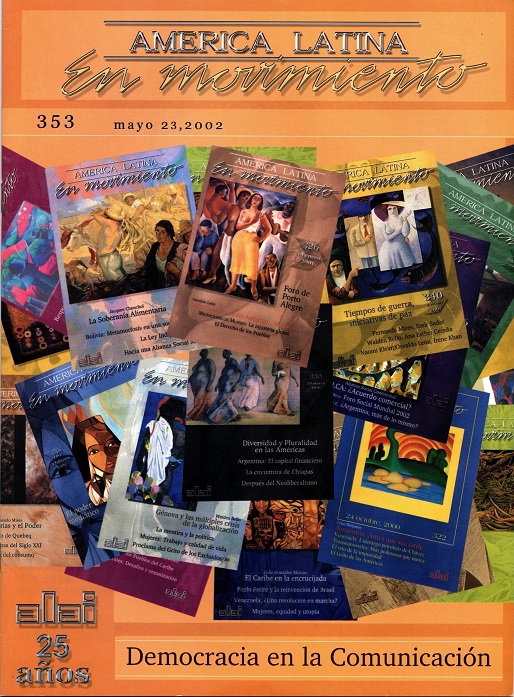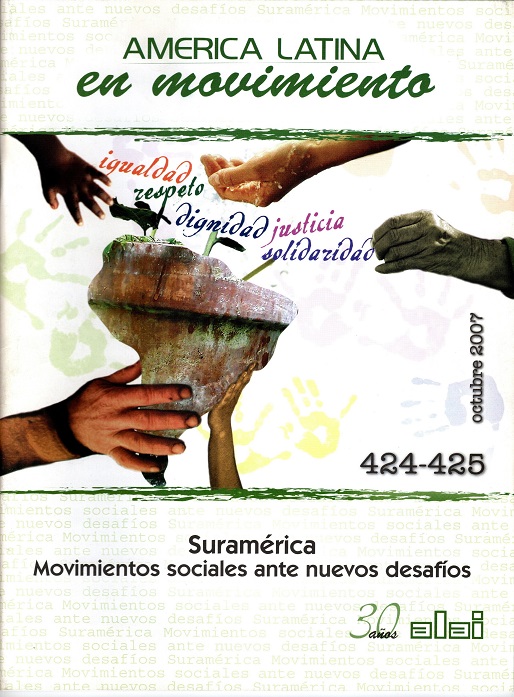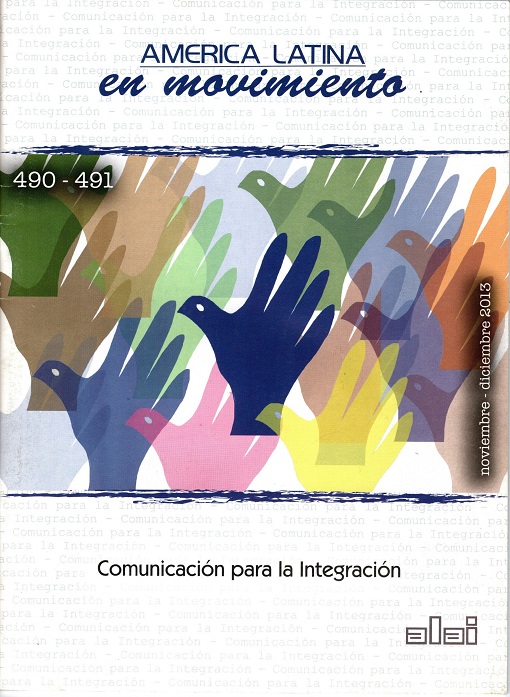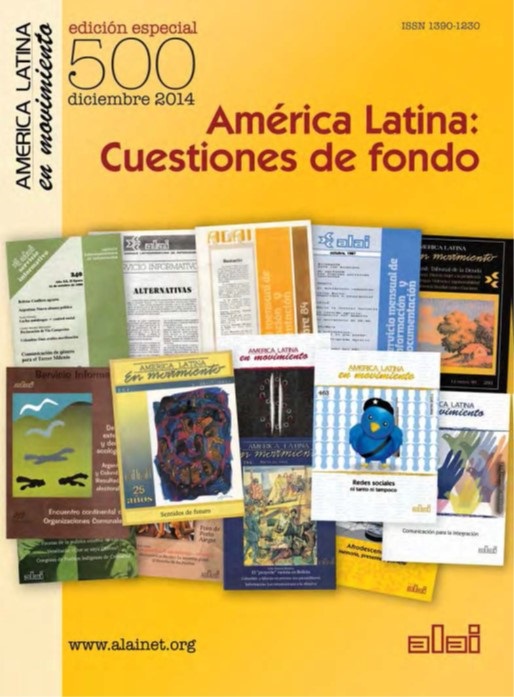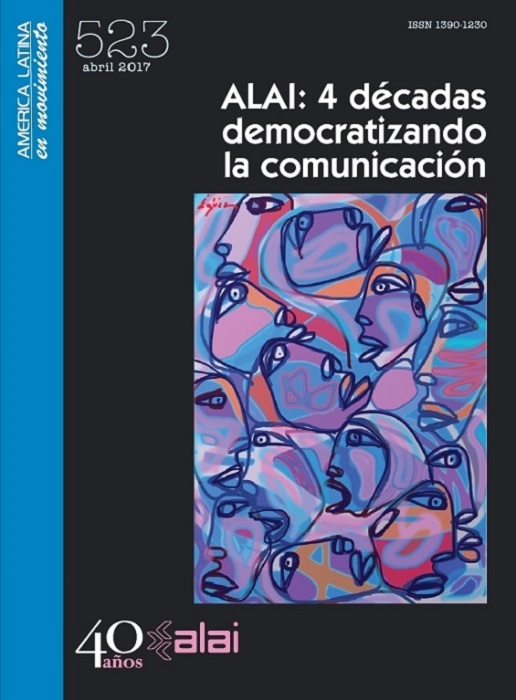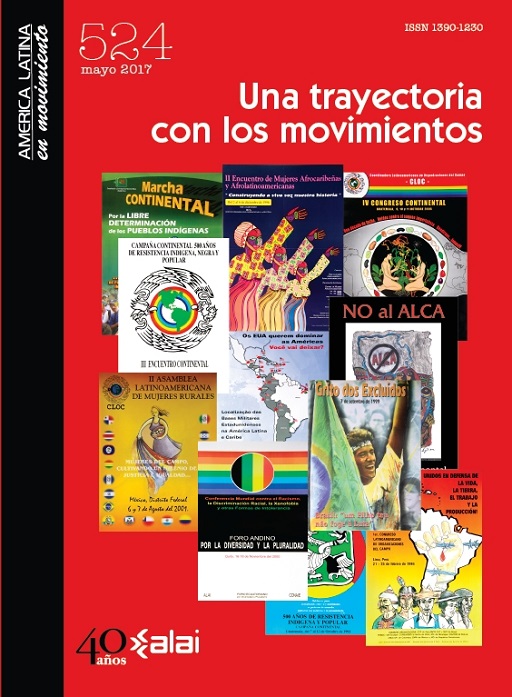Southern Cone
Farming takes environmental toll
08/07/2010
- Opinión
The Southern Cone is on the brink of enormous strains on the food supply, a paradox for a region with an expansive farming industry, one that has proven environmentally damaging.
Since the mid-1900s, Argentina, Brazil, Paraguay and Uruguay – members of the MERCOSUR bloc – have adopted a growth plan based on the exploitation of natural resources, one that has proven unsustainable and a threat to the environment, says Uruguayan agronomist Fernando Queirós Armand Ugon.
Alexander Schejtman, a Chilean investigator at the Santiago-based Latin American Center for Rural Development, estimates that the food demand will increase by 50 percent by the year 2030 and that the number of malnourished individuals in Latin America will jump from 40 million to 170 million.
“Food production to satisfy the demands of a growing global population has brought agriculture and livestock farming to a large scale, with no control or vision of its negative impacts on the environment,” he said.
The United Nations Food and Agriculture Organization's, or FAO, Report “Livestock's Long Shadow: Environmental Issues and Options” found that the livestock sector world's generates more greenhouse gases than transportation, and is one of the principal causes of soil and water degradation.
“Even if the FAO report considers the world as a whole, for the MERCOSUR countries, net producers of foods – meats, dairy products, oils, cereals and fruits – it should be an inescapable reference point,” said Queirós Armand Ugon.
Devastating livestock farming
The FAO report notes that humans are consuming more meat and milk as a sign of prosperity. The world meat production is closely tied with MERCOSUR, which is expected to double its production of meat from 229 million tons at the turn of 21st century to 465 million in 2050, and its dairy production from 580 million metric tons to 1.04 billion tons in the same period.
Lands for livestock farming currently cover 30 percent of the globe and a third of arable land, just to produce forage for animals. Deforestation for the industry is particularly dramatic in South America, where 70 percent of the deforested land in the Amazon has been used for livestock pasture.
Industrial agriculture leaves a clear and devastating effect on the environment, according to Spanish veterinarian Ferrán García Moreno, citing intercontinental transportation of food, intensive monoculture, deforestation and toxic agrochemicals impact on the soil and water resources.
The journal Proceedings of the National Academy of Sciences, a branch of Stanford University, found that in nine Amazon states, between 2001 and 2004, deforestation totaled 93,700 square kilometers and farmland expanded by 36,000 square kilometers.
The MERCOSUR Press Agency — an independent organization with no relation with the bloc — found in 2008 that the industry, “by putting the world ecological system in check, it is not only the environment that is at risk, but cultures as well.”
The report found that indigenous groups who are especially reliant on nature are particularly vulnerable to the effects of climate change.
Soy's domination
Large-scale export agriculture, particularly soy, could also have terrible effects on the environment. Queirós Armand Ugon, the agronomist, said monoculture for export in Uruguay increased from 8,000 hectares in 1998 to 700,000 currently.
A study by the Agronomy Department in the state-run University of the Republic of Uruguay found that there are 47 percent fewer dairy farmers over the last 10 years because of the growing soy business.
During 2007 alone, 150,000 hectares once used for dairy production were changed to soy fields, found the study, and 92 percent of the area used to produce the crop nationwide is under rent, so business owners have no commitment to preserve the quality of the soil.
“This production model works to exhaust the soil, to later go to new lands,” said the study.
Farming chemicals are also a problem in the country, where 6,778 metric tons were used in 2000 and 18,524 in 2008, mainly for transgenic soy plants, said Queirós Armand Ugon. The chemicals then go into the soil, rivers and swamps, and into other farms where important food crops, such as cereals, fruit and vegetables, are grown.
In a column published in Argentine daily Tiempo, Jorge Rulli, of the Rural Reflection Group, an environmental watchdog for MERCOSUR, wrote that Argentina's government should prioritize food production over any other activity despite how profitable it could be.
He also suggested limiting the expansion of soy farming in northern Argentine, where small-scale farmers and indigenous communities are settled.
“We propose a policy of stable prices for crops that are part of the basic diet of the population, recovering the old areas of family farming,” he wrote. —Latinamerica Press.
https://www.alainet.org/es/node/142673
Del mismo autor
- Epidemia de transgénicos 19/10/2010
- GMO corn takes over 19/10/2010
- Farming takes environmental toll 08/07/2010
- Agricultura y ganadería a gran escala afectan equilibrio ecológico 07/07/2010
